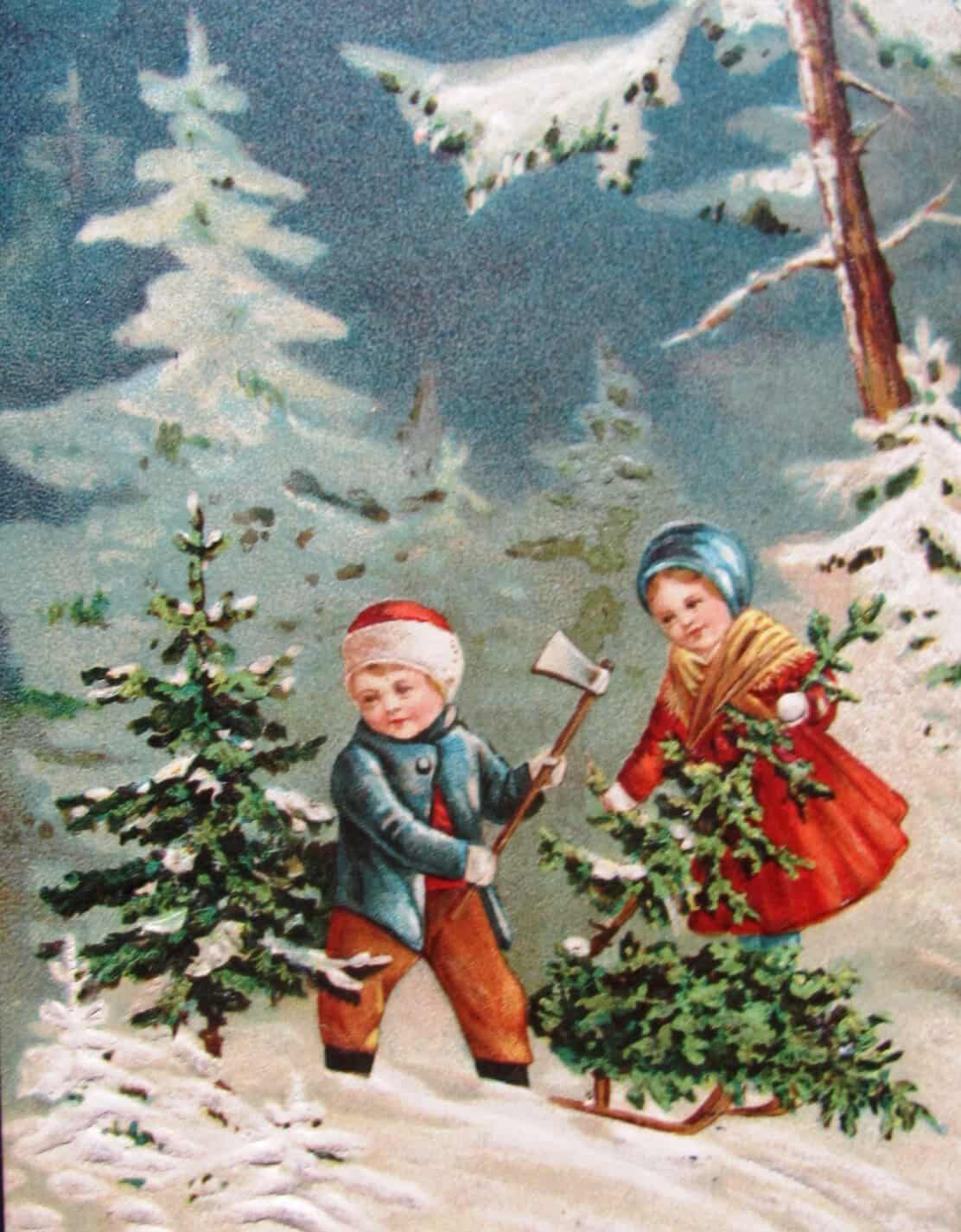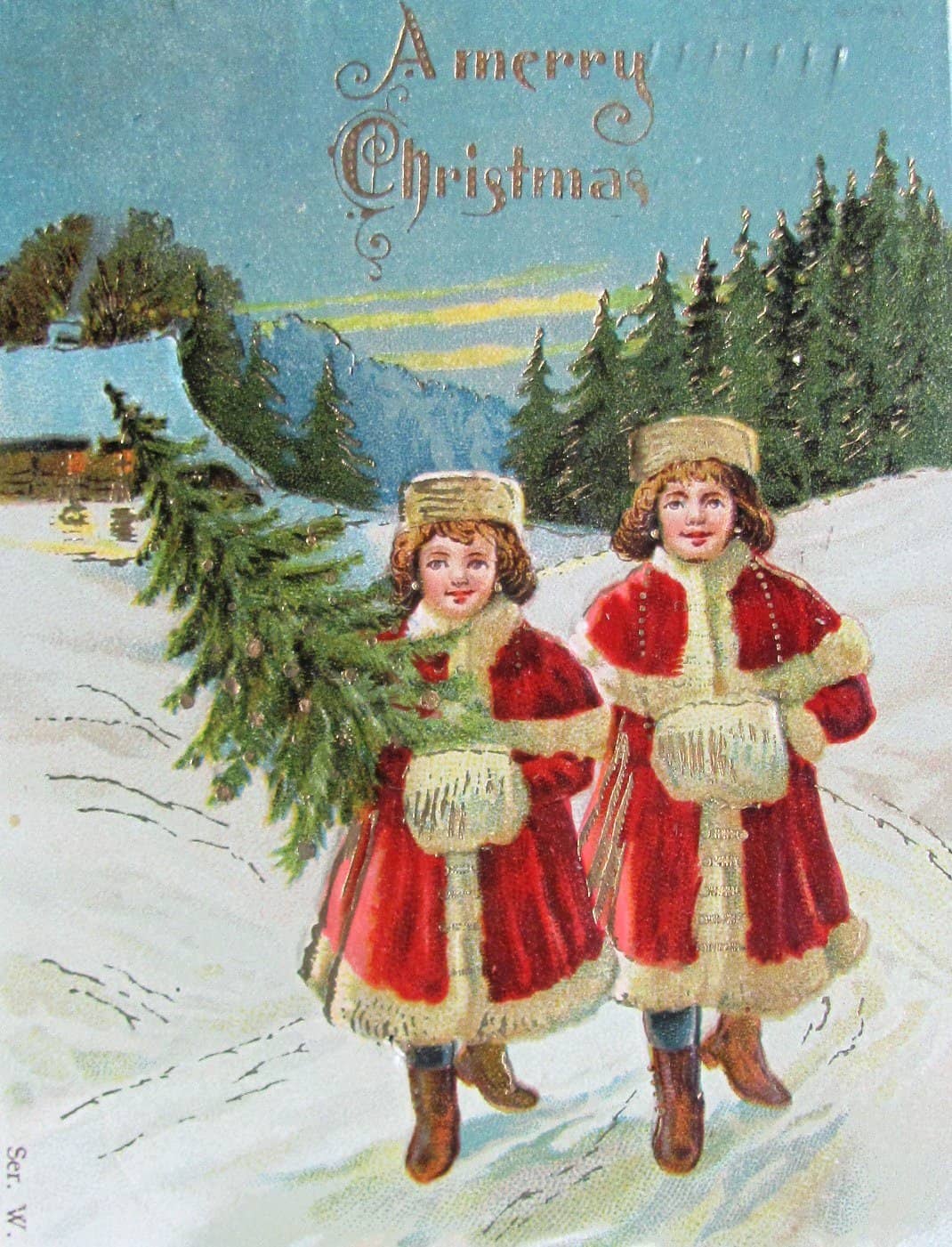
Saturday, Nov. 11, I left my place and noticed a tractor-trailer with open sides and top. It was loaded with bound Christmas trees. It got me to thinking.
In high school I worked summers for Albert and Carne DeCell in Weston. They ran a very successful house painting company. As summer turned to fall, Albert would lay off summer employees, including me. He had just enough interior work to keep his regular men working through the winter.
In November of 1969, Albert kept me on cutting Christmas trees. Albert had a large Christmas tree farm. I worked with a man named Hart. I don’t remember his first name for sure, but it might be Charlie. Sometimes Charlie and I would get to horsing around. This can happen when you are unsupervised. It began with us throwing snowballs. Then Charlie chased me and pushed me down in the snow. It was wet under the snow. My buckskin gloves instantly iced over. I was chopping with a hatchet when it flew out of my hand, nearly hitting Charlie. The look on his face was priceless!
Some mornings were very cold with snow on the ground. It didn’t take us long to warm up. Physical labor has a way of doing that.
We cut trees all day. Nearby was an open 40-foot trailer. By open, I mean sides and top, like I saw last Saturday. It’s a long time ago now, but I remember how we loaded trees. It was important to load as many trees as possible.
Today when you buy a tree, they run it through a mechanism that wraps and compresses the tree down to a smaller diameter. We didn’t have such a unit in 1969.
We would lay a course of trees on the floor of the trailer, butt forward. Then we laid down another course. Then we carefully stepped on branches, compressing the trees down. We did this course after course until the trailer was full. With a little practice we became very good at it. You developed a feel for how much pressure to apply.

When the trailer was fully loaded, the tractor was driven into the woods and hooked up to the trailer. I don’t remember now how long it took to cut and load trees onto the trailers, but it kept two men busy most of November and some of December. Albert shipped his trees to the city.
In Londonderry, on Hell’s Peak Road, Albert had the Christmas shop. Here, mostly women worked. They made hundreds of Christmas wreaths of all sizes.
I vaguely remember the garland-making machine. Albert had several princess pine pickers in the area. He always had an ad in the paper, “Buying princess pine.” He bought princess pine by the pound. One year when I was younger, I picked princess pine. I think Albert paid me 20 cents per pound.
The garland machine used something like baling twine. The women would feed the princess pine into this machine, where it was wrapped around the baling twine. It came out the other end as finished garland. Albert sold garland everywhere, including the city. I remember hanging garland around all of the stores in the Londonderry Plaza. Albert had the contract, and probably other contracts I have forgotten.
Albert let me stay in an old farmhouse he owned. I think it was on Piper Hill Road. It was a large, drafty farmhouse, but I didn’t mind. I was about to turn 18, and Dad couldn’t tell me what to do anymore.
Albert and Carne were excellent business people, and kept many people working.
This week’s old saying was heard when someone asked when you would arrive: “Between 11 and Thursday.”